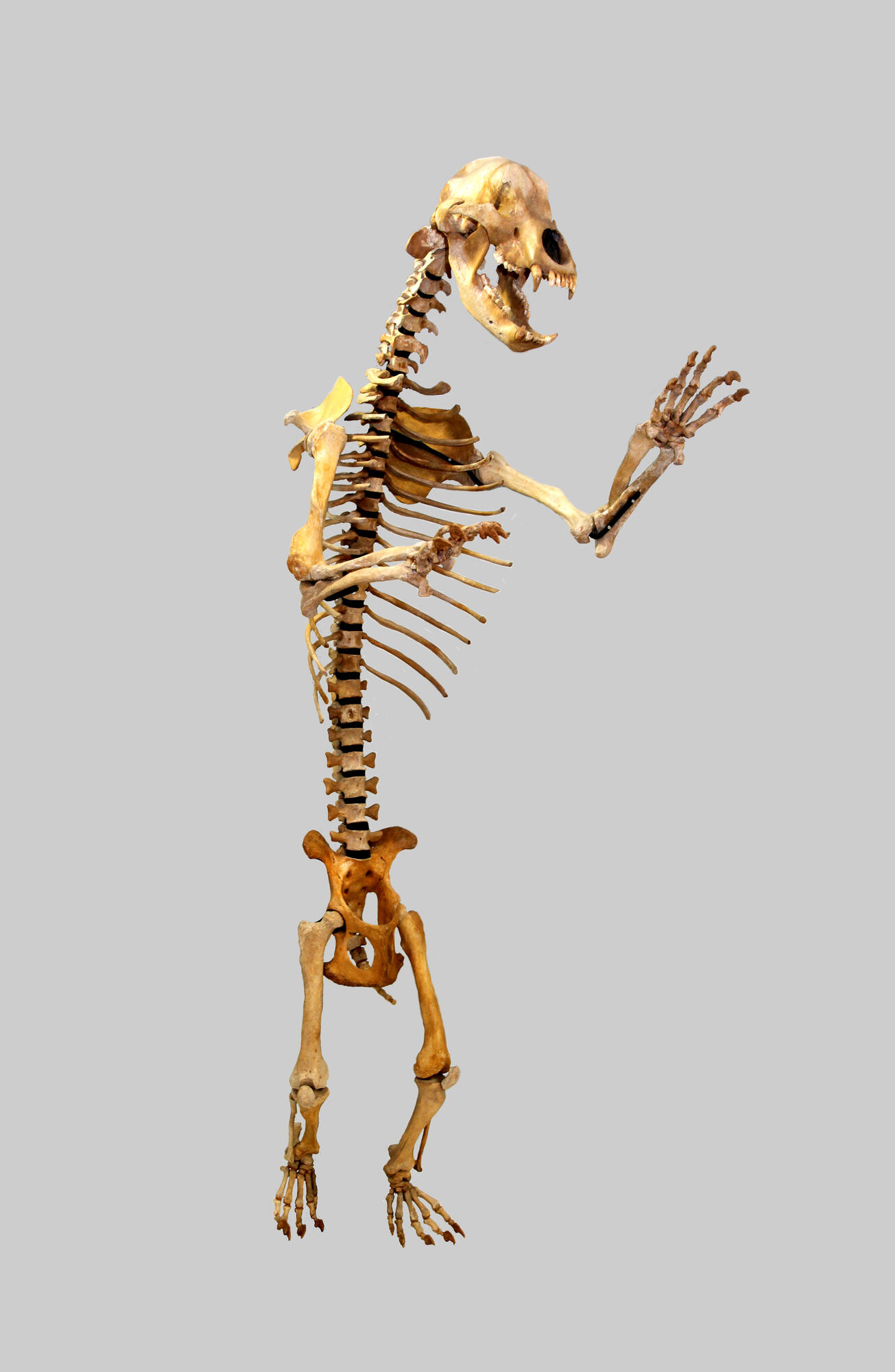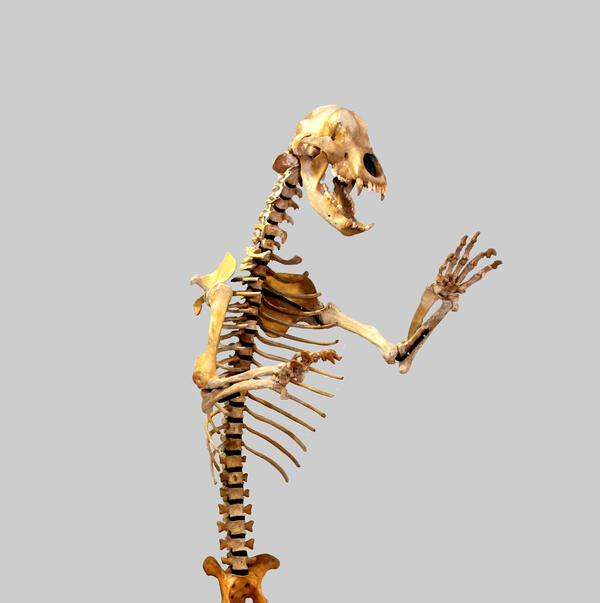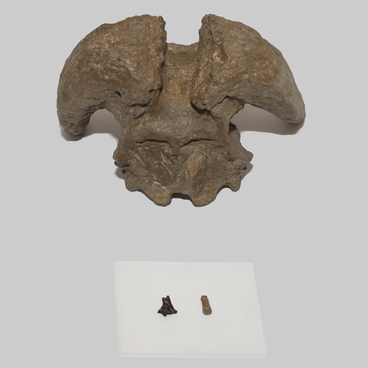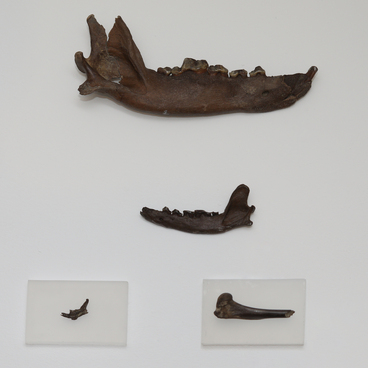Cave bears appeared in Eurasia about 300 thousand years ago. The first remains of this ancient bear were found in European caves: hence the name of the species - spelaeus, or cave. One of the largest sites of ancient bears is the ‘Bear Cave’ in Romania. In it, over the entire course of its study, scientists have found the bones of more than 140 individual bears.
Cave bears used natural rock shelters constantly, unlike their brown counterparts who only used them from time to time. They stayed there for the long winter. During the Ice Age, winters were severe and long: bears could hibernate for more than six months. In other words, the ancient giant spent half of his 20 years of life asleep. In such conditions, it was important to choose a safe encampment. Therefore, bears preferred to settle in mountainous areas at an altitude of about 2000 m above sea level, in the same place where the Neanderthals settled their homes.
The Neanderthals are blamed for the disappearance of the cave bears. This is partly justified: the ancient people competed with animals for habitats and viewed the bears themselves as a valuable resource. But a number of recent studies have shown that cave bears most likely became extinct due to the fact that they drove themselves into an evolutionary dead end.
This happened due to an over adaptation to the harsh climate of the ice age. They had thick fur, thick body fat and a large body. According to some estimates, the size of cave bears could exceed the size of brown bears by a third. The weight of the largest individuals reached 900 kg, and the body length exceeded 3.5 m. For comparison: brown bears weighed 600 kg and grew 2.8 m in length.
The cave bear had large tubular bones and teeth, as well as huge sinuses. These nasal openings occupied 30–60% of the skull and served to heat the cold air that the animals breathed. However, such large holes in the skull made them fragile: the force of grip of the teeth became less and it was more and more difficult for the giants to hunt. Over time they began to switch to plant foods. This is evidenced by the specific erasure of the teeth of the skeletons found: this is how the teeth of herbivores are erased. With climate change, it became increasingly difficult for bears to find food, and 15 thousand years ago they became extinct.
Cave bears used natural rock shelters constantly, unlike their brown counterparts who only used them from time to time. They stayed there for the long winter. During the Ice Age, winters were severe and long: bears could hibernate for more than six months. In other words, the ancient giant spent half of his 20 years of life asleep. In such conditions, it was important to choose a safe encampment. Therefore, bears preferred to settle in mountainous areas at an altitude of about 2000 m above sea level, in the same place where the Neanderthals settled their homes.
The Neanderthals are blamed for the disappearance of the cave bears. This is partly justified: the ancient people competed with animals for habitats and viewed the bears themselves as a valuable resource. But a number of recent studies have shown that cave bears most likely became extinct due to the fact that they drove themselves into an evolutionary dead end.
This happened due to an over adaptation to the harsh climate of the ice age. They had thick fur, thick body fat and a large body. According to some estimates, the size of cave bears could exceed the size of brown bears by a third. The weight of the largest individuals reached 900 kg, and the body length exceeded 3.5 m. For comparison: brown bears weighed 600 kg and grew 2.8 m in length.
The cave bear had large tubular bones and teeth, as well as huge sinuses. These nasal openings occupied 30–60% of the skull and served to heat the cold air that the animals breathed. However, such large holes in the skull made them fragile: the force of grip of the teeth became less and it was more and more difficult for the giants to hunt. Over time they began to switch to plant foods. This is evidenced by the specific erasure of the teeth of the skeletons found: this is how the teeth of herbivores are erased. With climate change, it became increasingly difficult for bears to find food, and 15 thousand years ago they became extinct.



